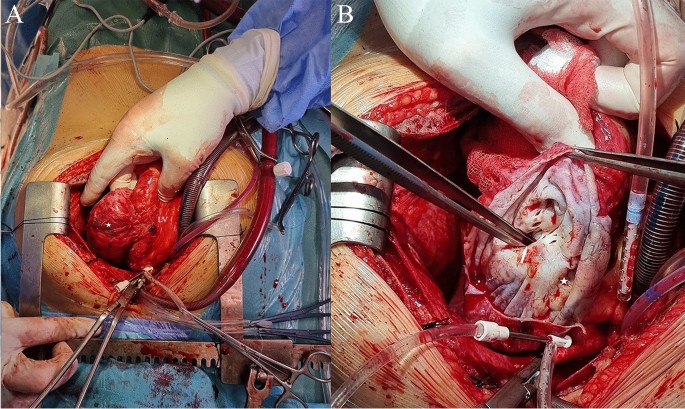Vascular disease refers to conditions that affect the blood vessels, including arteries, veins, and capillaries. These diseases interfere with normal blood flow, which may lead to reduced oxygen and nutrient delivery throughout the body. Common types include peripheral artery disease, deep vein thrombosis, and carotid artery disease. Each condition presents different risks depending on the vessels affected and the progression of damage. Over time, untreated vascular disease places strain on the heart and increases the likelihood of serious cardiovascular events.
Progression and Impact on the Heart
As blood vessels narrow or become blocked, the heart must work harder to circulate blood. This added stress can contribute to high blood pressure, arrhythmias, or eventual heart failure. When the arteries supplying the heart itself are involved, the risk of heart attack rises significantly. Even in milder forms, vascular disease disrupts efficient circulation and places long-term strain on cardiac function. Reduced flow also limits the body’s ability to recover from exertion, illness, or injury, which further affects quality of life.
Vascular disease impacts circulation throughout the body, not just near the heart. Peripheral artery disease may cause pain, numbness, or cramping in the legs due to restricted blood flow. If these symptoms become severe, they can interfere with walking or daily activities. In advanced cases, tissue damage or non-healing wounds may occur. Reduced circulation also affects the kidneys, brain, and other organs, increasing the chance of stroke or organ dysfunction. These broader effects underscore the importance of early detection and long-term care.
Risk Factors and Contributing Conditions
Several factors raise the likelihood of developing vascular disease. Smoking, uncontrolled diabetes, obesity, high cholesterol, and a sedentary lifestyle all contribute to vessel damage over time. Genetics and age also play a role, especially in individuals with a family history of cardiovascular conditions. Chronic inflammation and poor metabolic control create an environment where plaque builds up along arterial walls. Over time, this buildup restricts circulation and makes vessels more prone to injury or clotting. Addressing these risk factors early helps reduce future complications.
Recognizing Early Warning Signs
Vascular disease often develops gradually, and early symptoms may be subtle or easy to overlook. Fatigue, muscle cramps, cold limbs, or slow-healing wounds may point to underlying circulation issues. Chest discomfort, dizziness, or numbness in the extremities may also signal a vascular concern. People who notice changes in stamina, skin color, or temperature in their hands and feet should consider a vascular evaluation. Identifying these signs early allows for treatment that may slow disease progression and restore better circulation.
Accurate diagnosis is key to managing vascular disease. Providers use a combination of physical exams, blood tests, imaging, and vascular studies to assess blood flow and detect blockages. Ultrasounds, CT angiography, and ankle-brachial index tests provide detailed insight into how well the circulatory system functions. Once diagnosed, patients are typically monitored over time to track changes and adjust treatment. This ongoing observation allows for timely interventions before complications escalate.
Long-Term Care and Lifestyle Adjustments
Managing requires a comprehensive, long-term approach. Providers may recommend medications that lower blood pressure, reduce clot risk, or improve cholesterol levels. Lifestyle adjustments—such as quitting smoking, eating a heart-healthy diet, and increasing physical activity—can slow disease progression and improve symptoms. In some cases, minimally invasive procedures may be used to open narrowed vessels or remove blockages. With consistent care and adherence to treatment plans, many individuals experience improved circulation and reduced risk of cardiovascular events.
Protect Heart Against Vascular Disease
Vascular disease rarely affects one part of the circulatory system in isolation. Over time, impaired vessels increase the workload on the heart and elevate the chance of major complications. Through early recognition, consistent care, and lifestyle changes, individuals can limit the long-term effects. Ongoing support from providers helps adjust care as health needs change and new risks arise. Addressing vascular health in its early stages remains one of the most effective ways to protect the heart and maintain circulation as the body ages.

